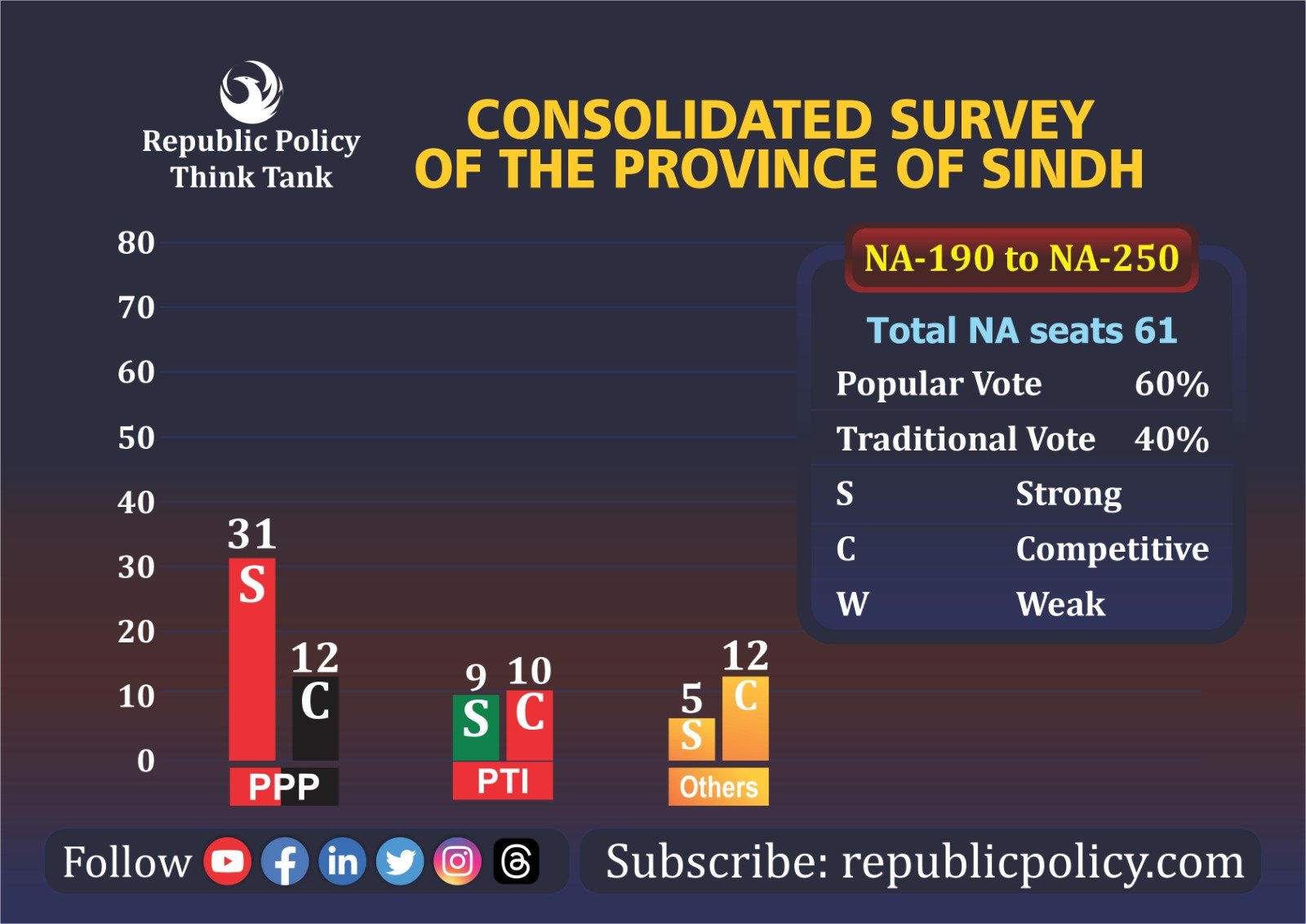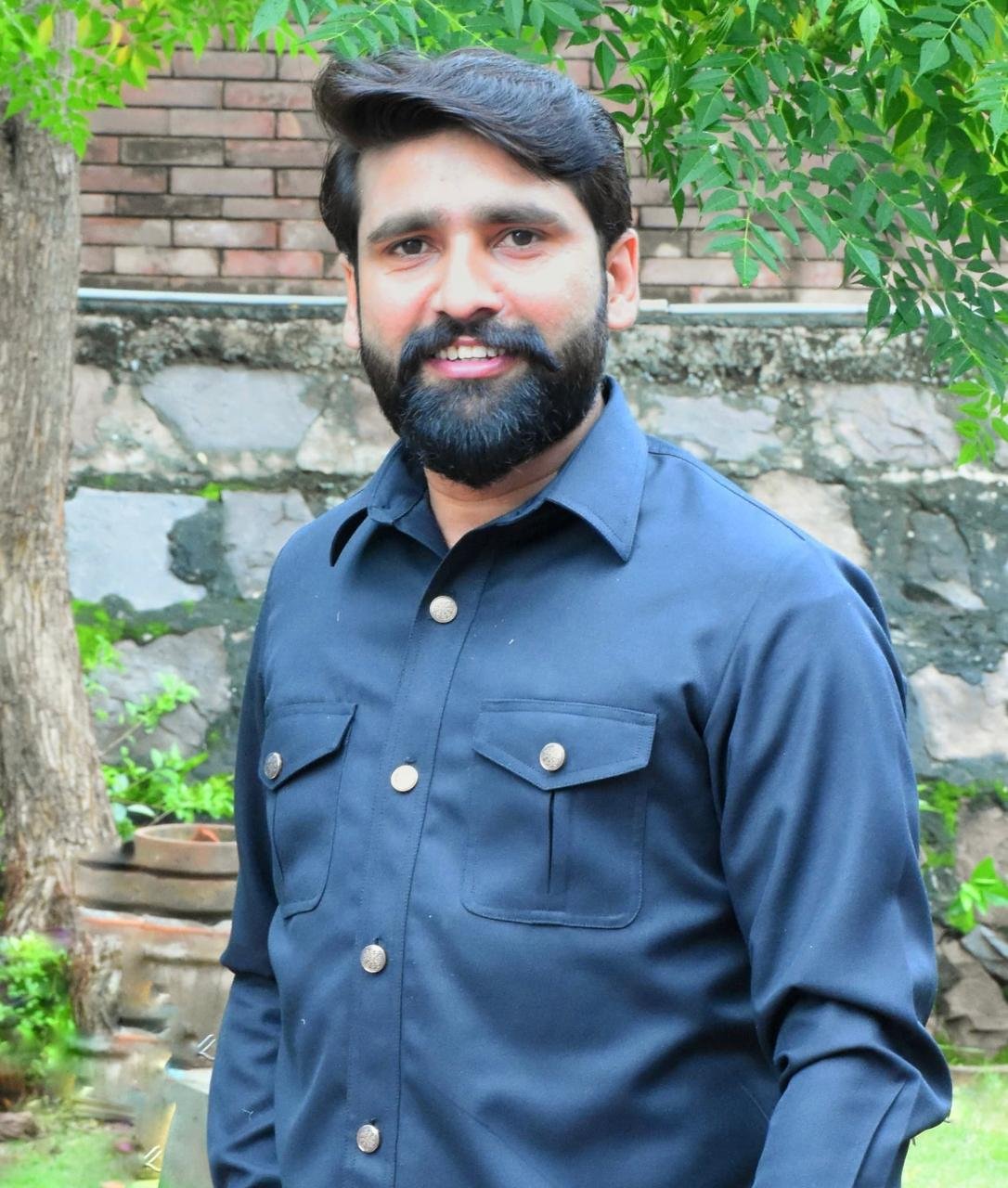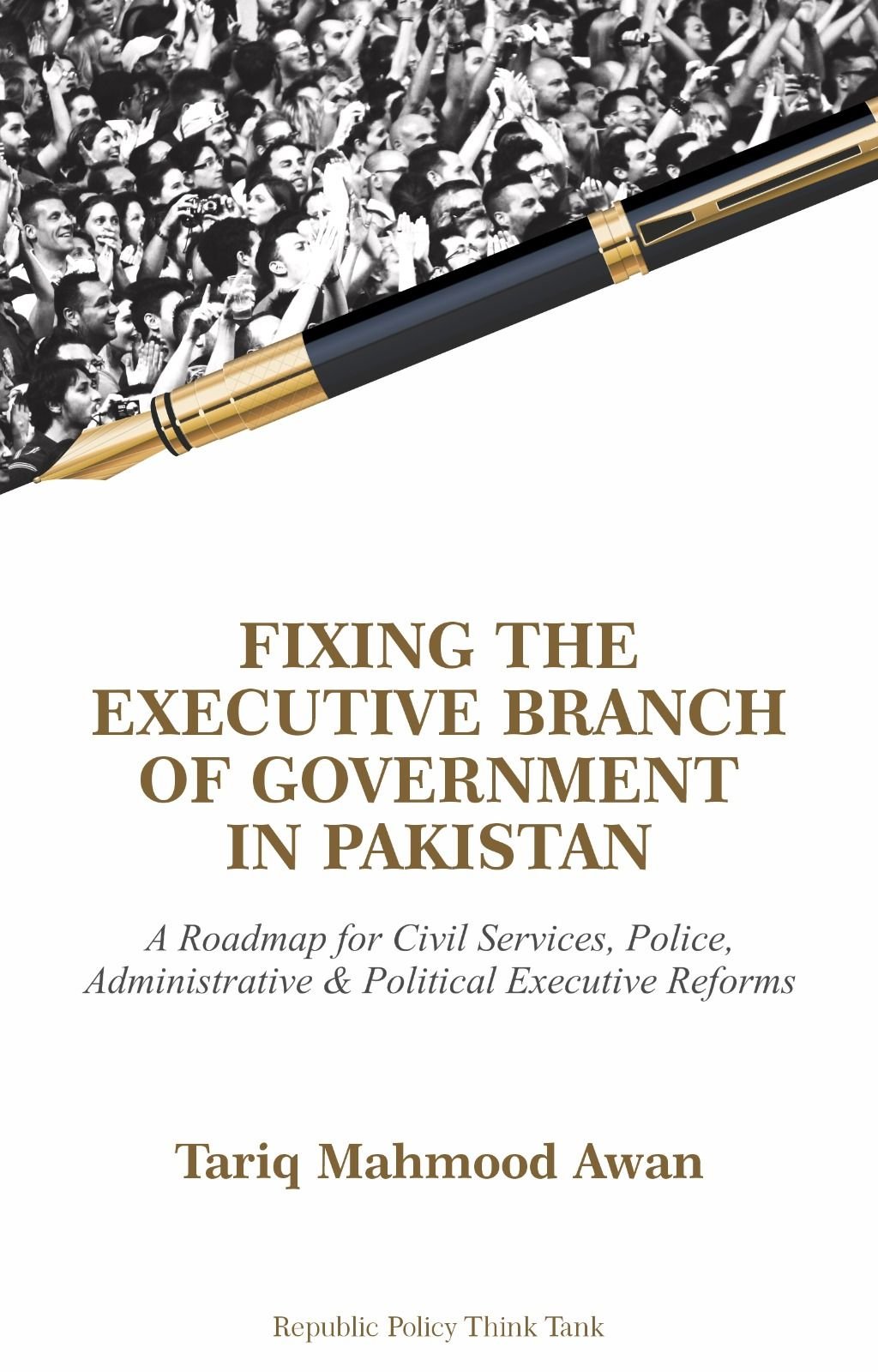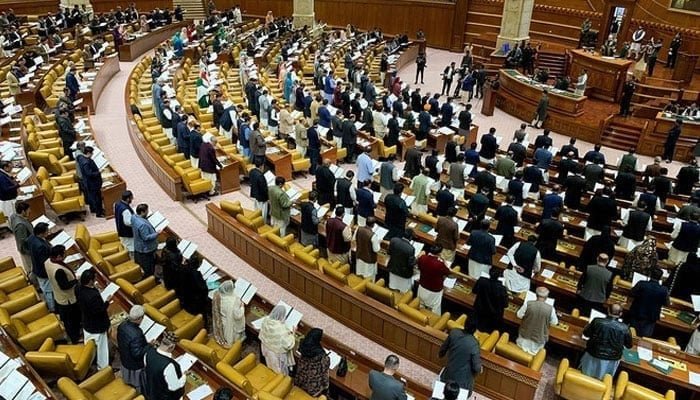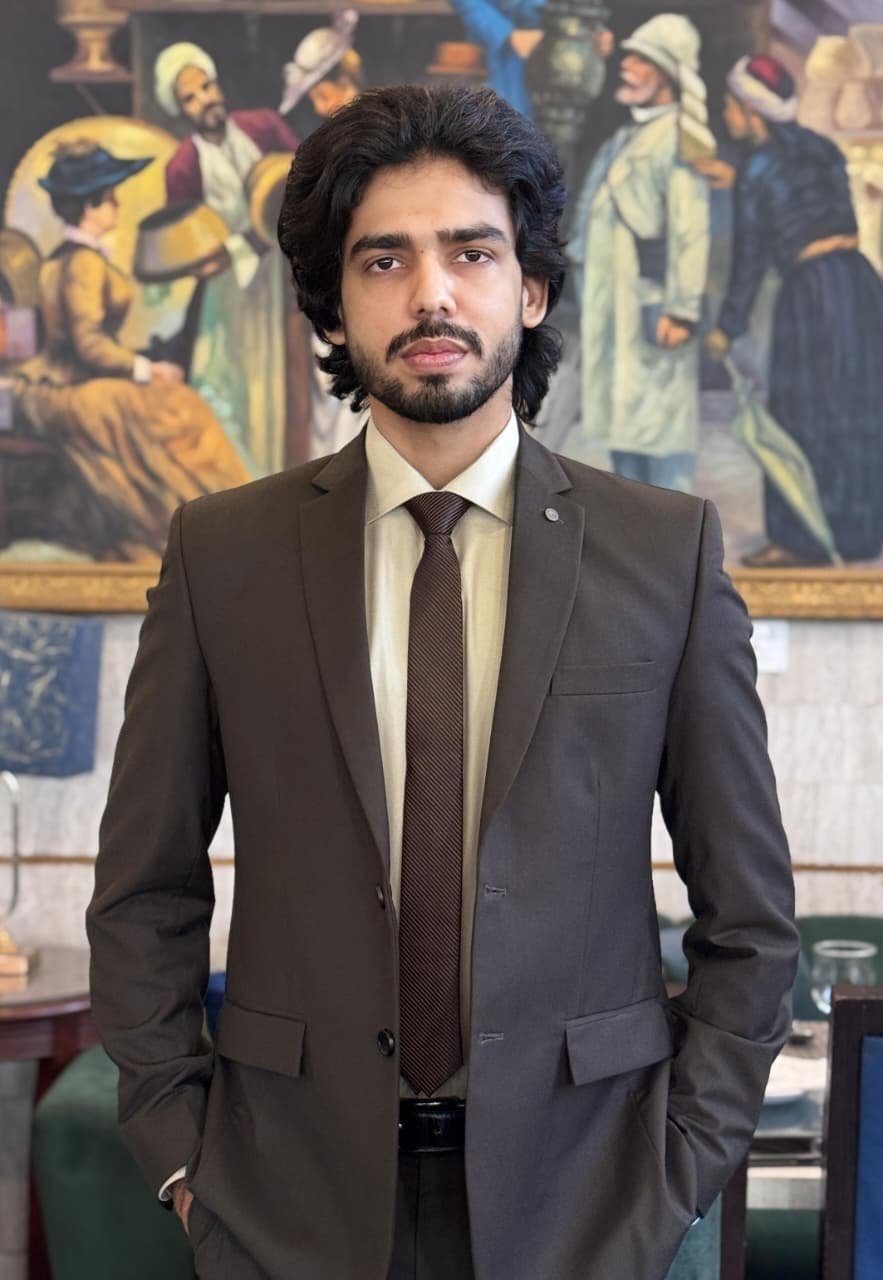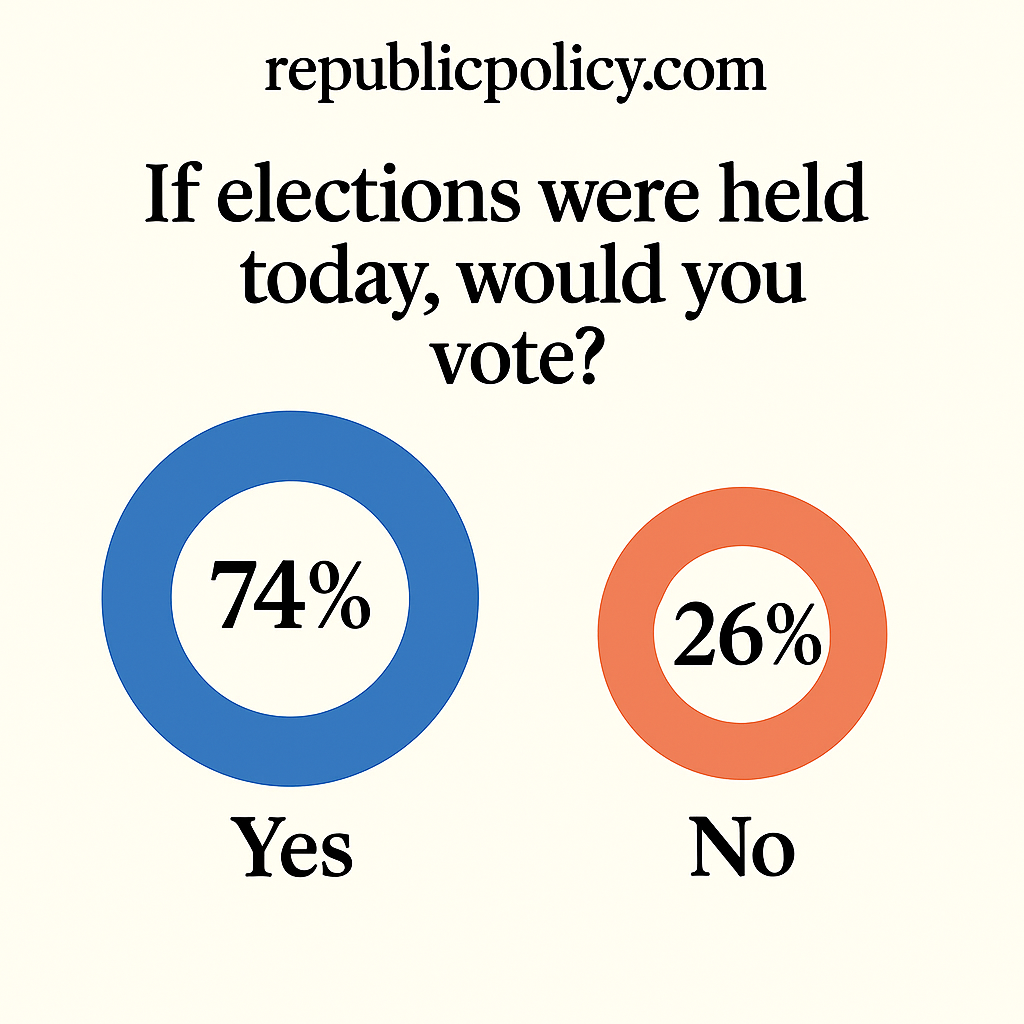Team Republic Policy
The upcoming National Assembly elections in Sindh promise a complex and fascinating battleground, with three main contenders vying for control of the province’s 61 NA seats. The Republic Policy Organization’s consolidated survey paints a picture of a fragmented political landscape, with no single party holding a clear majority, but also reveals some interesting trends.
The Dominance of PPP in Rural Sindh:
The survey paints a clear picture of the Pakistan People’s Party (PPP) as the undisputed champion in rural Sindh. Its grip on the Sindhi-speaking majority, coupled with reasonable support among the Pukhton, Punjabi, and non-Sindhi, including the Urdu-speaking minority, solidifies its position as the dominant force. This strength likely stems from a combination of factors, including historical ties, established political networks, and effective mobilization of traditional power structures within rural communities. Furthermore, they have been in power and influenced the Sindhi bureaucracy and other institutions.
GDA and Religious Parties: Divergent Paths in Rural Politics:
While the PPP reigns supreme, the Grand Democratic Alliance (GDA) and religious parties like Jamaat-e-Ulema-e-Islam (JUI) carve out their own niches. The GDA, a coalition of smaller parties, finds traction among the Peer Pagara sympathizers minority and disgruntled Sindhi electorate segments seeking an alternative to the PPP. JUI, on the other hand, draws its strength from its religious base and its focus on issues relevant to rural communities.
Urban Sindh: A Complex Tapestry of Political Forces:
The urban landscape of Sindh, particularly in cities like Karachi and Hyderabad, presents a much more intricate political tapestry. Here, the PPP faces a more diverse and competitive environment. The PTI, as the main opposition party in Karachi, has made inroads in urban areas, capitalizing on dissatisfaction with the incumbent government and its appeal to younger voters.
The MQM: A Shifting Landscape of Influence:
The Muttahida Qaumi Movement (MQM), once the dominant voice of Karachi’s Urdu-speaking community, has seen its influence wane in recent years. The ban on its founder, Altaf Hussain, has created a vacuum that other parties, like the PTI and Jamaat-e-Islami, are vying to fill. This shifting landscape injects further uncertainty into the urban political scene.
Karachi’s Unique Political Dynamics:
Karachi stands out for its unique composition, with Muhajir, Sindhi, Pashtun, Punjabi, and other groups vying for influence. The “wave vote,” a phenomenon where a single party enjoys overwhelming support across all districts, adds another layer of complexity. Analyzing Karachi’s political landscape requires careful consideration of these diverse demographics and the potential for sudden shifts in voting patterns.
The Post-Altaf Hussain Scenario:
The absence of Altaf Hussain has opened up new possibilities within Karachi’s Urdu-speaking community. While the MQM remains a significant force, the PTI and Jamaat-e-Islami have emerged as potential alternatives. The survey suggests that Sindhis and Urdu-speaking Sindhis tend to avoid cross-voting, creating distinct voting patterns within these communities. Furthermore, Karachi’s Pashtun population appears to be shifting its allegiance from the ANP towards the PTI.
The PPP’s Advantage:
Despite the challenges in urban areas, the PPP retains a clear advantage due to its strong hold on rural Sindh and its ability to leverage both popular vote and traditional power structures. Asif Ali Zardari’s successful integration of key “electibles” into the party further bolsters its position.
Uncertainties and Future Prospects:
The outcome of the upcoming Sindh Assembly elections remains uncertain. While the PPP holds the pole position, the PTI and other parties have the potential to make significant gains. Factors like the “wave vote,” the performance of the incumbent government, and the popularity of individual candidates will play a crucial role in determining the final outcome.
Furthermore, the Public Policy Sindh Survey offers a valuable glimpse into the complex and dynamic political landscape of Sindh. By understanding the diverse forces at play in both rural and urban areas, we can gain a better perspective on the challenges and opportunities that lie ahead for the province. Please subscribe to the Republic Policy YouTube channel to learn more about district surveys in Sindh. Also, visit republicpolicy.com to learn more about Sindh politics.
The republic policy survey in Sindh is a research project that aims to understand the political preferences and opinions of the people of Sindh, a province in Pakistan. The survey covers various topics, such as party affiliation, voting behavior, social issues, economic conditions, and governance.
The survey reveals that Sindh is a diverse and complex province, with different political dynamics in rural and urban areas. The survey also shows that Sindh is influenced by various factors, such as ethnicity, religion, class, and personality.
The survey divides Sindh into two regions: inside and rural Sindh, and Urdu-speaking and non-Sindhi Sindh. Inside and rural Sindh refers to the areas where the Sindhi language and culture are dominant, while Urdu-speaking and non-Sindhi Sindh refers to the areas where other languages and ethnic groups are more prevalent, such as Karachi and Hyderabad.
According to the survey, the Pakistan Peoples Party (PPP) is the most popular party in Sindh, especially in the rural areas. The PPP is led by Bilawal Bhutto Zardari, the son of former president Asif Ali Zardari and former prime minister Benazir Bhutto. The PPP has a strong base of support among the Sindhi-speaking majority, as well as among the Urdu-speaking minority. The PPP is seen as a party that represents the interests and aspirations of the people of Sindh, and that has delivered some development projects and social welfare programs in the province.
The survey also identifies some other parties that have influence in Sindh, such as the Grand Democratic Alliance (GDA), the Pakistan Tehreek-e-Insaf (PTI), the Muttahida Qaumi Movement (MQM), the Jamaat-e-Islami (JI), Jamiat ulmai Islam and the Tehreek-e-Labbaik Pakistan (TLP).
The GDA is a coalition of smaller parties that is also active in rural Sindh. It has some support among the Piri Muridi culture of Sindh, as well as among some Sindhi voters who are dissatisfied with the PPP. The GDA is led by Pir Pagara, a spiritual leader and a former ally of the PTI. The GDA is seen as a party that challenges the PPP’s dominance in rural Sindh and advocates for alternative governance and accountability for the province.
The PTI is the main opposition party in Karachi, and it has some support in other urban areas as well. The PTI is led by Imran Khan, the current prime minister of Pakistan. The PTI has a strong base of support among the Pashtun minority, as well as among some Urdu-speaking and other ethnic groups. The PTI is seen as a party that promises change and reform and challenges the status quo and corruption in the country. PTI does not have the same sympathy or resistance factor working in the province of Sindh due to Sindh’s particular dynamics. Sindh is more sensitive about Sindhi nationalism, and parties like PTI, PMLN, and others have not been able to address these sensitivities during their federal government.
The MQM is another important party in Karachi. It has traditionally been the main party representing the Urdu-speaking minority, but it has lost some support in recent years. The MQM is led by Khalid Maqbool Siddiqui, a former minister and a loyalist of Altaf Hussain, the founder and former leader of the MQM. The MQM is seen as a party that defends the rights and interests of the Urdu-speaking community and that has a strong organizational and electoral presence in Karachi. However, the Urdu-speaking community is still affiliated with Altaf Hussain. The second choice of the Urdu-speaking community after Altaf Hussain is PTI and JI, then the present MQM.
The JI is a religious party that has some influence in Karachi and Hyderabad. The JI is led by Siraj-ul-Haq, a senator and a former chief minister of Khyber Pakhtunkhwa. The JI has a strong base of support among the religious and conservative segments of society and advocates for the implementation of Islamic laws and values in the country.
The TLP is a new religious party that emerged in the 2018 general elections. The TLP is led by the son of Khadim Hussain Rizvi, a firebrand cleric and a vocal critic of the government. The TLP has a strong base of support among the Barelvi sect of Sunni Muslims and campaigns for the protection of the honour and dignity of the Prophet Muhammad (peace be upon him).
The survey also highlights some of the factors that could influence the outcome of the next Sindh Assembly elections, which are expected to be held in 2023. Some of these factors are:
The wave vote: The wave vote refers to the phenomenon of a large number of voters shifting their support to one party due to a popular sentiment or a charismatic leader. The wave vote could overwhelm the support for other parties, and change the political landscape of the province. For example, in the 2018 general elections, the PTI benefited from a wave vote in favor of Imran Khan, and won many seats in Karachi and other urban areas.
The performance of the incumbent government: The performance of the incumbent government refers to the perception of the voters about the achievements and failures of the party in power. The performance of the incumbent government could affect the chances of the party in power, and the preferences of the voters. For example, if the PPP government is seen as delivering good governance and development in Sindh, it could boost its popularity and support. On the other hand, if the PPP government is seen as corrupt and incompetent, it could hurt its popularity and support.
The popularity of the candidates: The popularity of the candidates refers to the personal appeal and reputation of the individuals who are contesting the elections. The popularity of the candidates could also play a role in the outcome of the elections, especially in the constituencies where the party affiliation is not the main factor. For example, if a candidate is well-known and respected in his or her area, he or she could win the election regardless of the party affiliation. On the other hand, if a candidate is unpopular or controversial in his or her area, he or she could lose the election regardless of the party affiliation.
Who will win how many NA seats?
The upcoming National Assembly elections in Sindh promise to be a complex and fascinating battleground, shaped by historical allegiances, shifting demographics, and the ongoing struggle for power between established and emerging forces. With 61 NA seats at stake, the contest unfolds against the backdrop of a consolidated survey by the Republic Policy Organization, revealing a diverse political landscape.
PPP’s Stronghold and Uncertain Challenges:
The Pakistan Peoples Party (PPP) appears to be the frontrunner, holding a “strong” position in 31 NA seats and being “competitive” in 12 more. This dominance likely stems from the party’s deep-rooted ties in the province, particularly in rural areas where it enjoys unwavering support from the Sindhi electorate. However, challenges loom. Younger voters might not share the same level of loyalty, and internal divisions within the party could be exploited by opponents.
PTI’s Rise and the Urban Equation:
Pakistan Tehreek-e-Insaf (PTI) presents a significant challenge. While its “strong” presence is limited to 9 NA seats, its “competitive” position in 10 more reflects growing popularity, particularly in urban areas. PTI’s anti-corruption narrative and focus on development resonate with some voters, especially the youth. However, converting this potential into concrete victories will require strategic campaigning and navigating urban dynamics effectively.
A Fractured Opposition: GDA, MQM, and JI:
The Grand Democratic Alliance (GDA), Muttahida Qaumi Movement (MQM), and Jamaat-e-Islami (JI) form a potent opposition bloc, collectively holding “strong” positions in 5 NA seats and being “competitive” in 12 more. GDA’s appeal lies in its diverse membership, while MQM focuses on urban Mohajir communities. JI leverages its religious ideology and social welfare programs to garner support. These parties, however, remain divided, and their success hinges on forming strategic alliances or consolidating their fragmented vote banks.
The Battleground Beyond Numbers:
While the survey provides valuable insights, the true picture is more nuanced. Traditional loyalties, local issues, and individual candidate popularity might influence outcomes in unpredictable ways. PPP’s hold on rural areas could be countered by PTI’s growing urban appeal. GDA, MQM, and JI’s combined strength could disrupt both major parties’ plans. Ultimately, the party that effectively mobilizes its core support, addresses local concerns, and builds strategic alliances is likely to emerge victorious.
Uncertainties and Shifting Narratives:
The political landscape of Sindh remains fluid. National political developments, security concerns, and potential shifts in voter sentiment can all impact the final results. Staying informed about on-the-ground developments, upcoming polls, and any potential alliances will be crucial for understanding the complex dynamics at play.
Beyond the immediate contest, the upcoming elections will shape the future of Sindh’s political landscape. Will established parties like PPP retain their dominance, or will emerging forces like PTI and the combined opposition break their hold? The answer lies in the hands of the voters, and the narratives that resonate most deeply with them.



